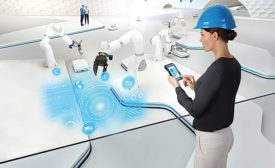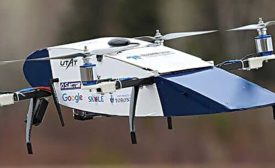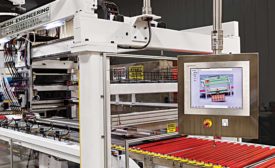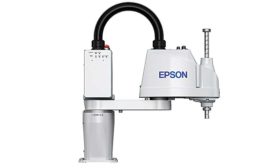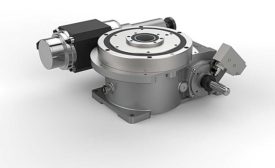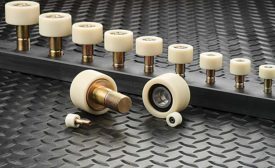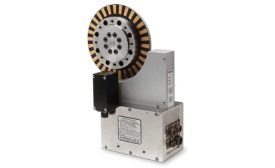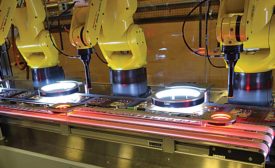Motion Control
Fixed vs. Flexible Automation Systems
Both fixed and flexible technologies offer distinct advantages, but only if manufacturers optimize important operational parameters.
September 8, 2017
Plastic Machine Components Can Boost System Speed
By upgrading gears, cam followers, track rollers and other components, engineers can improve the speed of a machine by 15 to 20 percent or more.
June 7, 2017
Force and Torque Sensors
Advanced technologies increase the accuracy of force and torque sensors used in product assembly and end-of-line testing.
June 7, 2017
Low-Profile Conveyors Move Small Parts for Assembly
Low-profile belt conveyors and pallet-transfer conveyors are popular—and precise—methods of moving small parts for assembly.
April 10, 2017
Get our new eMagazine delivered to your inbox every month.
Stay in the know on the latest assembly trends.
SUBSCRIBE TODAY!Copyright ©2024. All Rights Reserved BNP Media.
Design, CMS, Hosting & Web Development :: ePublishing
